Oracle Ravello Second Blogger Day
What is Oracle Ravello?
If you are unfamiliar with Oracle Ravello, it enables you to deploy your VMware or KVM workloads on Oracle Public Cloud, AWS, or Google Cloud natively. This means no re-architecting as you move your workloads to the cloud. They achieve this by running your environment on top of their own nested hypervisor, HVX. HVX, subsequently, runs on resources provisioned by Oracle, AWS, or Google.
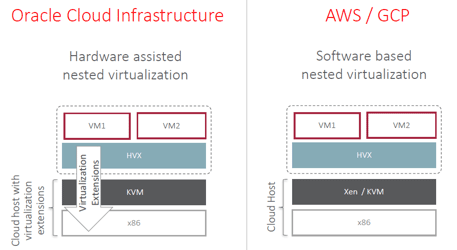
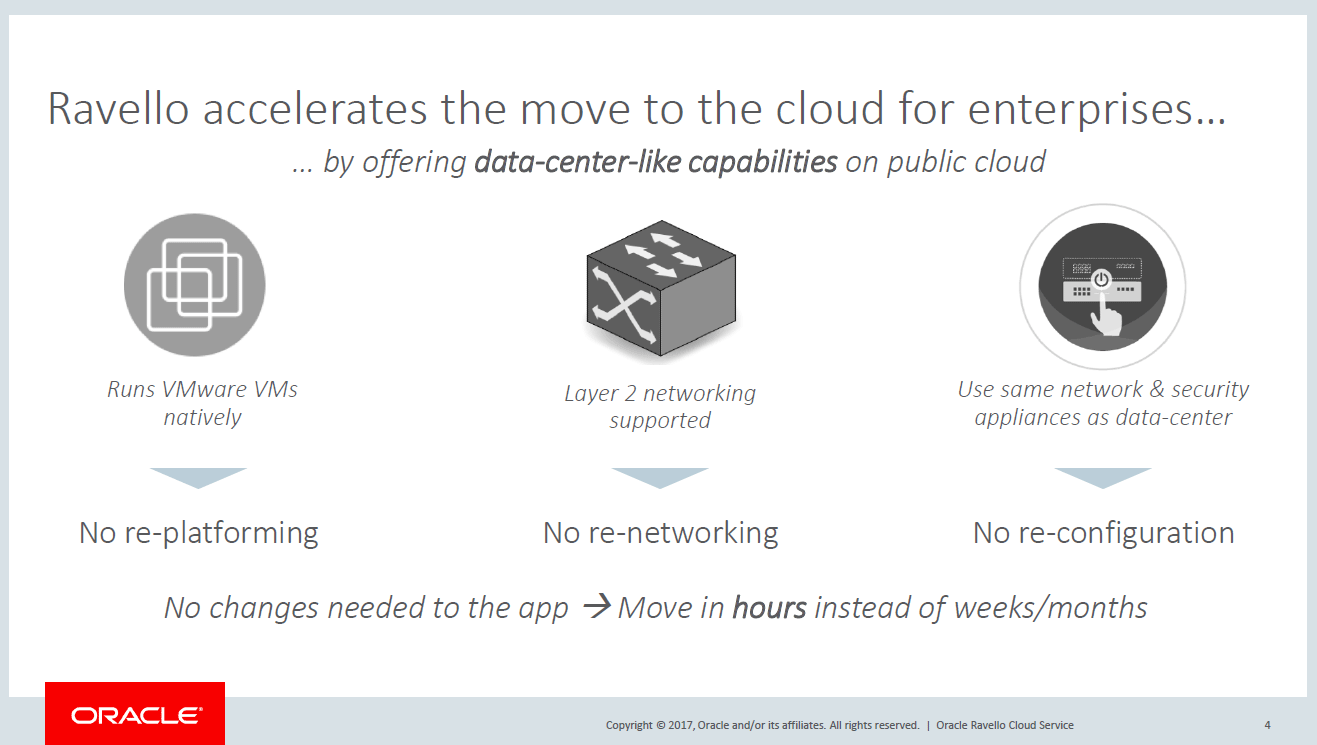
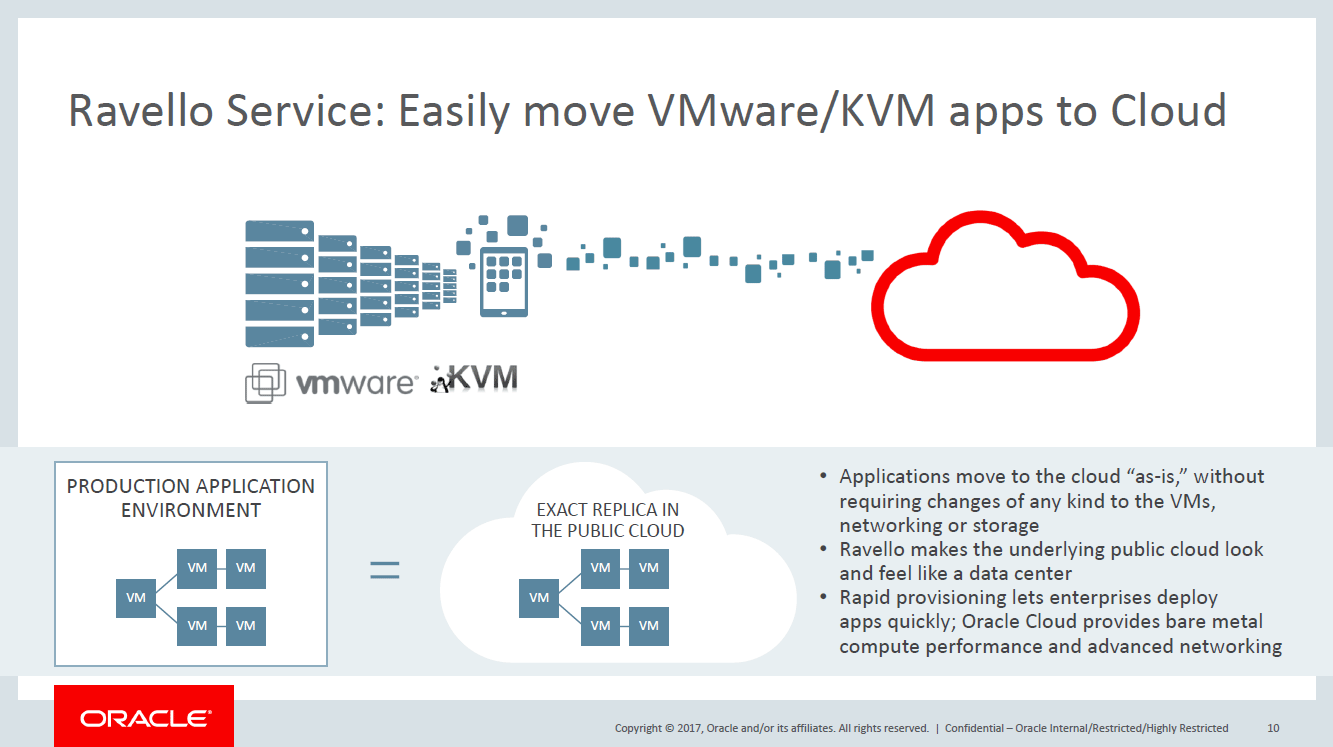
The Ravello Journey – So where did Ravello begin? In 2011, the group who created KVM founded Ravello. Fast-forward to 2016, Oracle acquired Ravello Systems. At the time of acquisition, they ran on two public clouds with twelve deployment regions. During this period, performance was seemingly constrained by resources available per VM. As momentum has carried them to today, they now run on three public clouds with twenty-nine deployment regions (and counting). They have also quadrupled resources to 32 vCPU and 256 GB of RAM per VM allowing for more intensive applications to run.
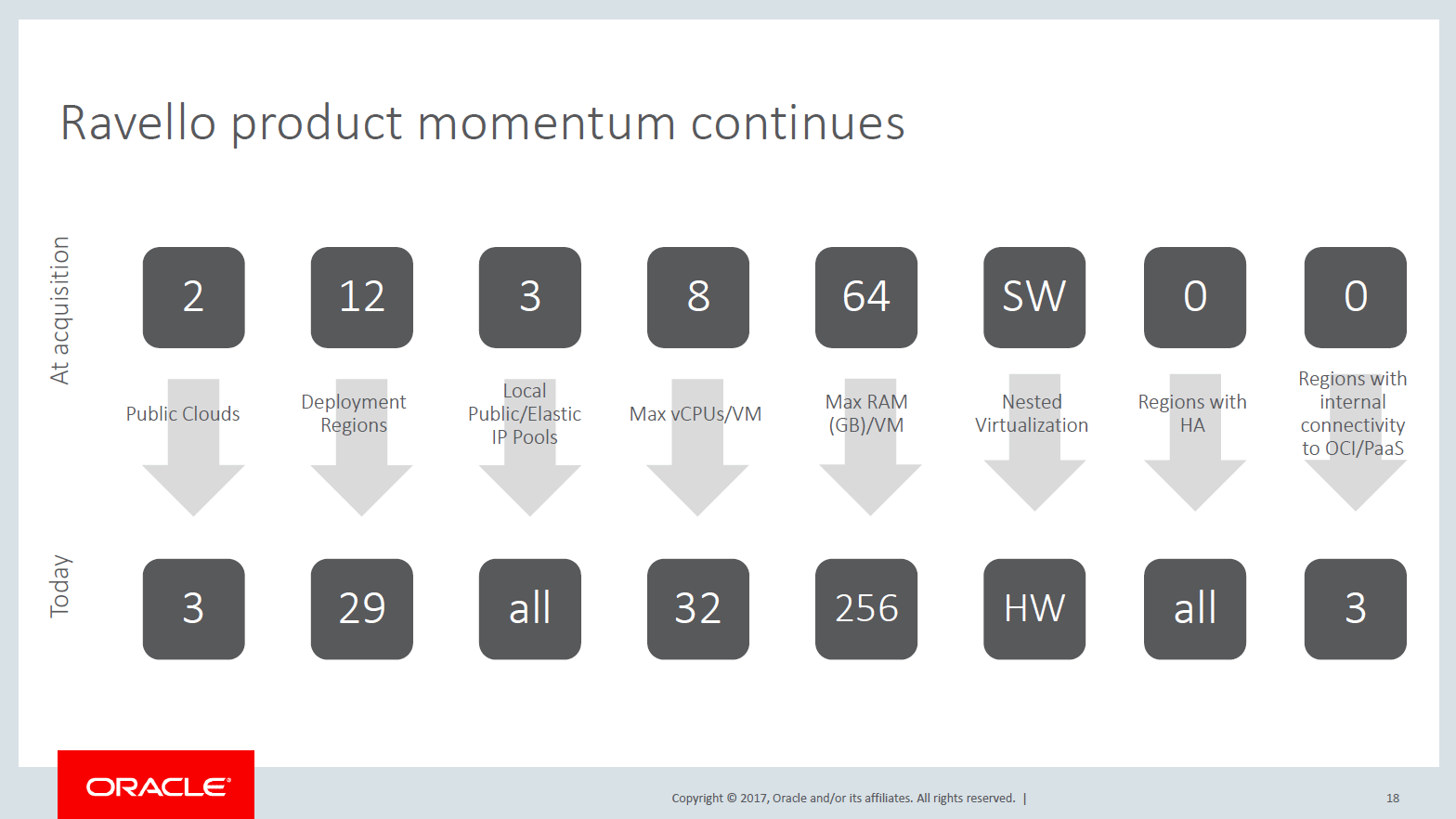
What’s new for Ravello – The big news this year for Oracle Ravello was the ability to run directly on Oracle’s Cloud Infrastructure, or bare metal. This option allows for a significant performance boost by removing a layer of abstraction.
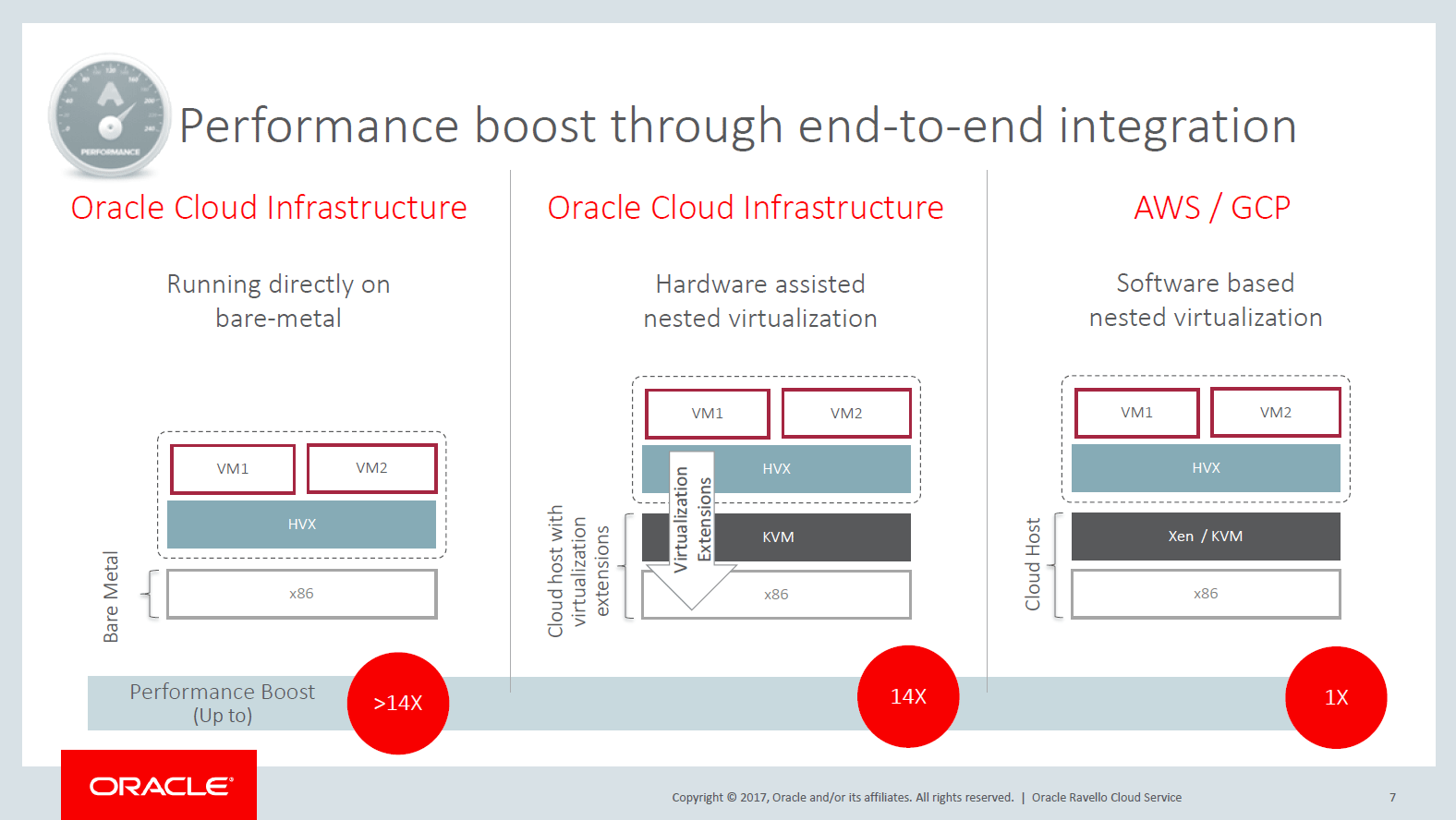
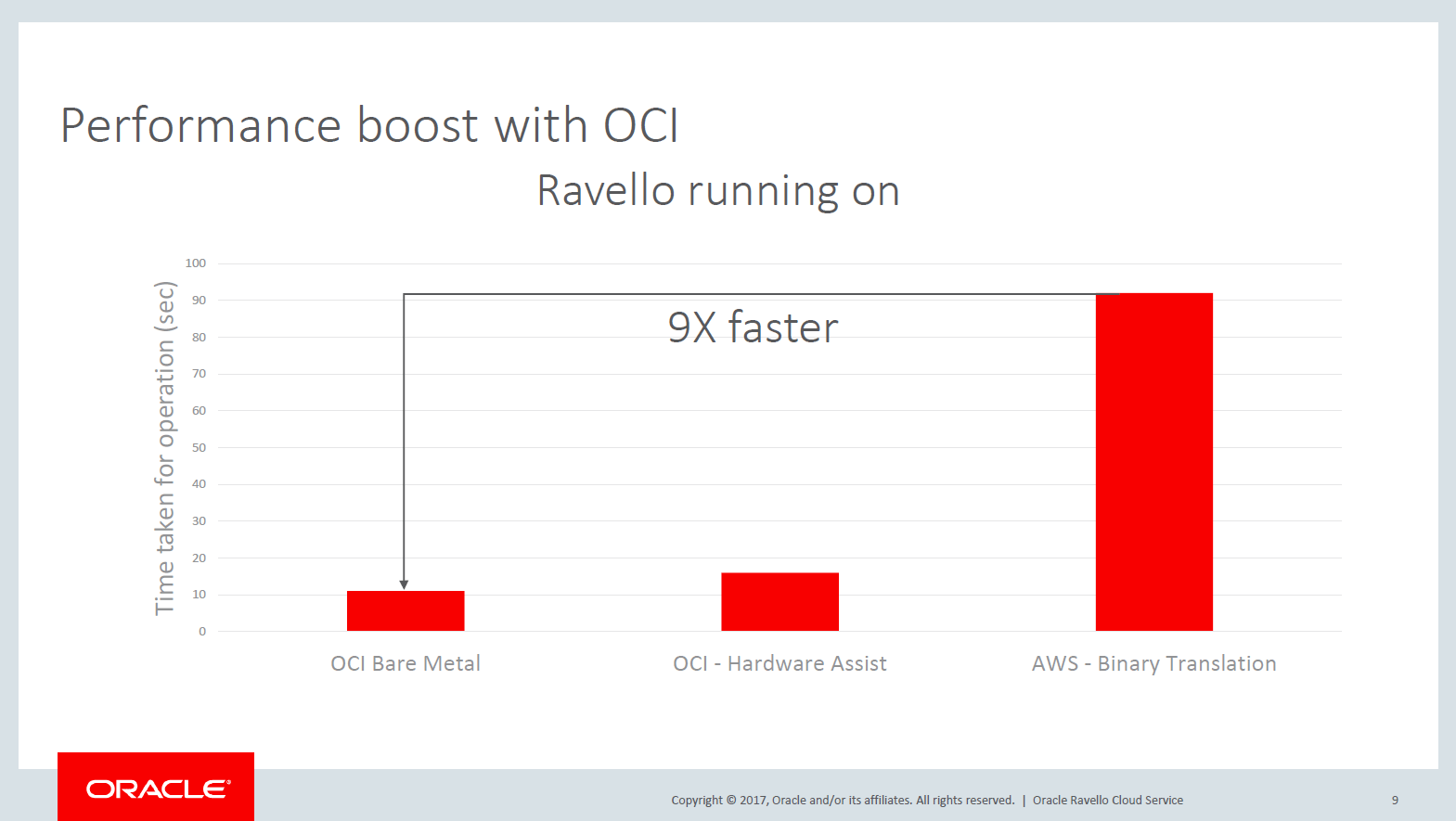
Ravello Training Platform – A strength that Oracle is capitalizing on with Ravello is in the form of their Training Platform. The training platform allows customers to set up on-demand scalable training environments. Classes can easily be created from blueprints containing your desired VM builds. Specified time limits can be enforced on classes and limits can be adjusted on the fly. Students can be bulk uploaded to classes or scripted via API. Remote console access can also be offered for student assistance or monitoring.
To speak on Ravello Training successes, Oracle brought in an active training client. Overall, they seemed very pleased with their experience. One extremely impressive stat from their story was that they have achieved a 70% reduction in training costs with Ravello!
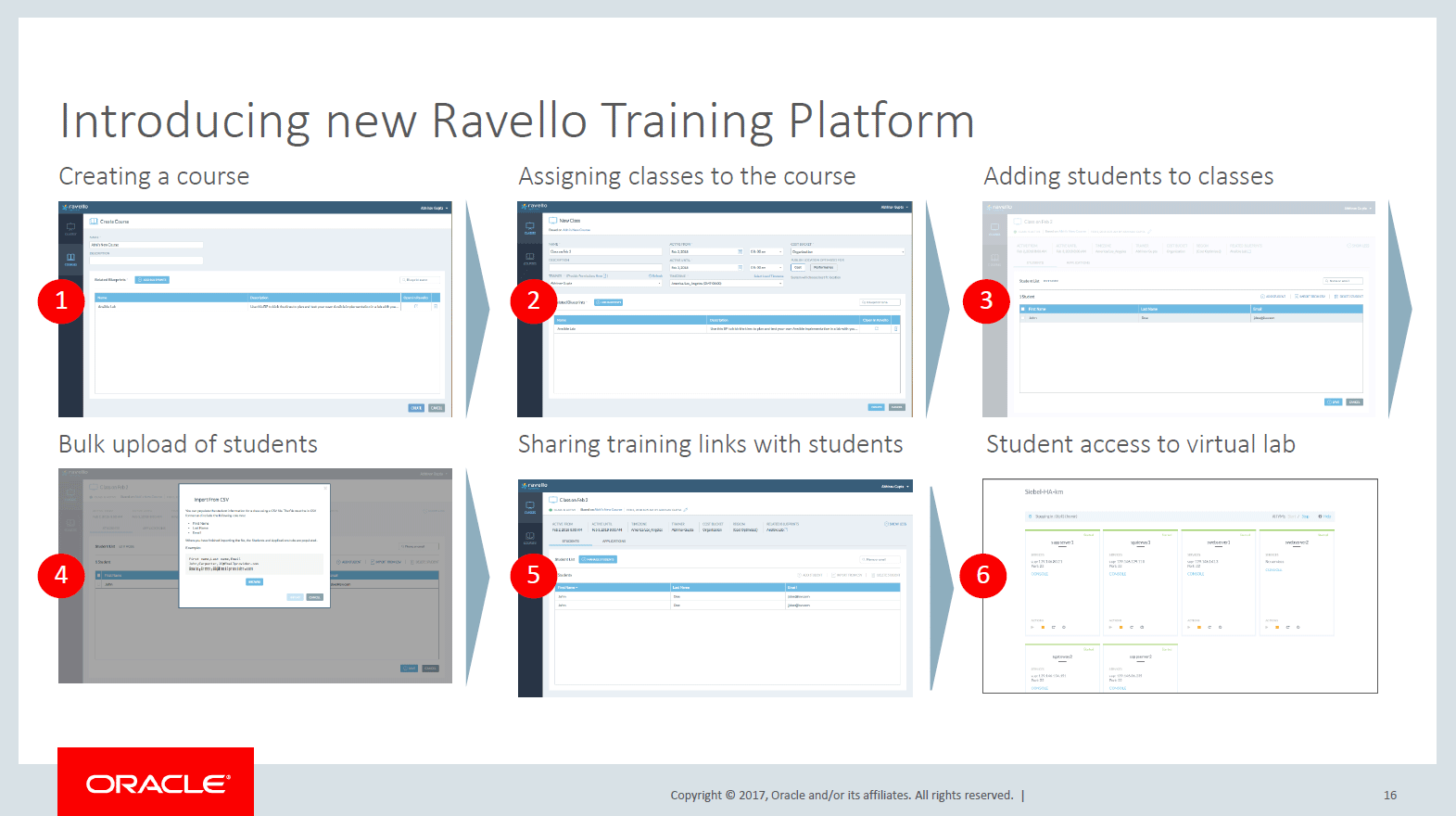
Oracle Cloud Infrastructure
Oracle’s underlying Cloud Infrastructure (OCI) is much more than just a foundation for Ravello. To that end, one of the main themes surrounding RBD2 was OCI’s capability to run entire business workloads on their cloud. The focus of Oracle’s enterprise-ready infrastructure was highlighted by three core topics.
- Enterprise Lift and Shift, which translates to the ability to migrate enterprise workloads to the cloud without re-architecting. This relates to Oracle workloads as well as Non-Oracle Workloads.
- An infrastructure that is Performance Intensive equipped to run large-scale and high-performance workloads.
- A programmable infrastructure that provides the flexibility and agility needed for Cloud-Native Workloads.
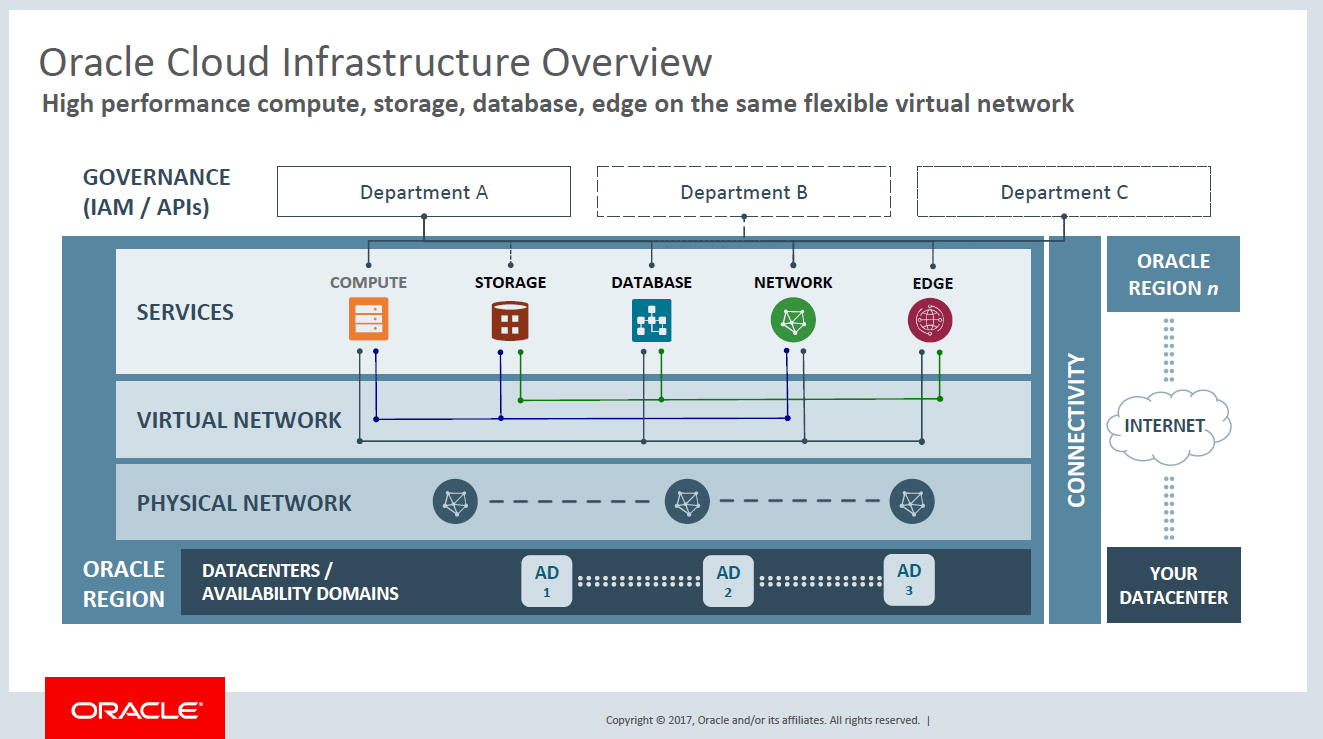
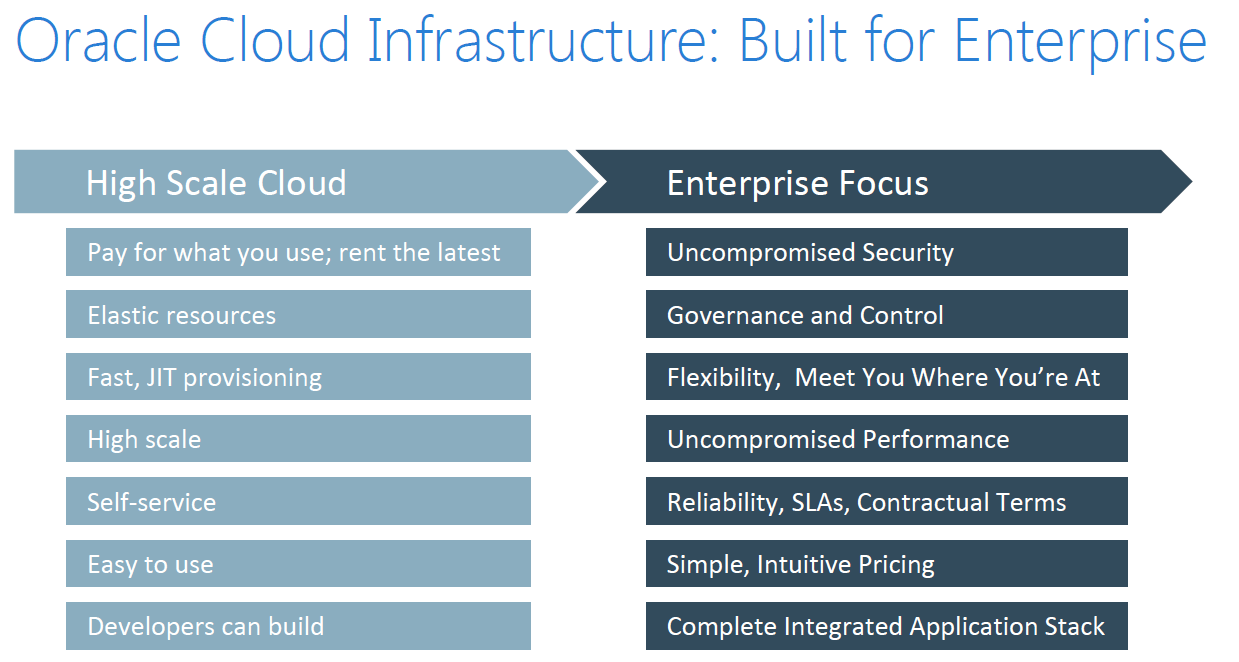
In an industry where SLA is paramount, Oracle also boasts end-to-end SLAs covering performance, availability, manageability of services.
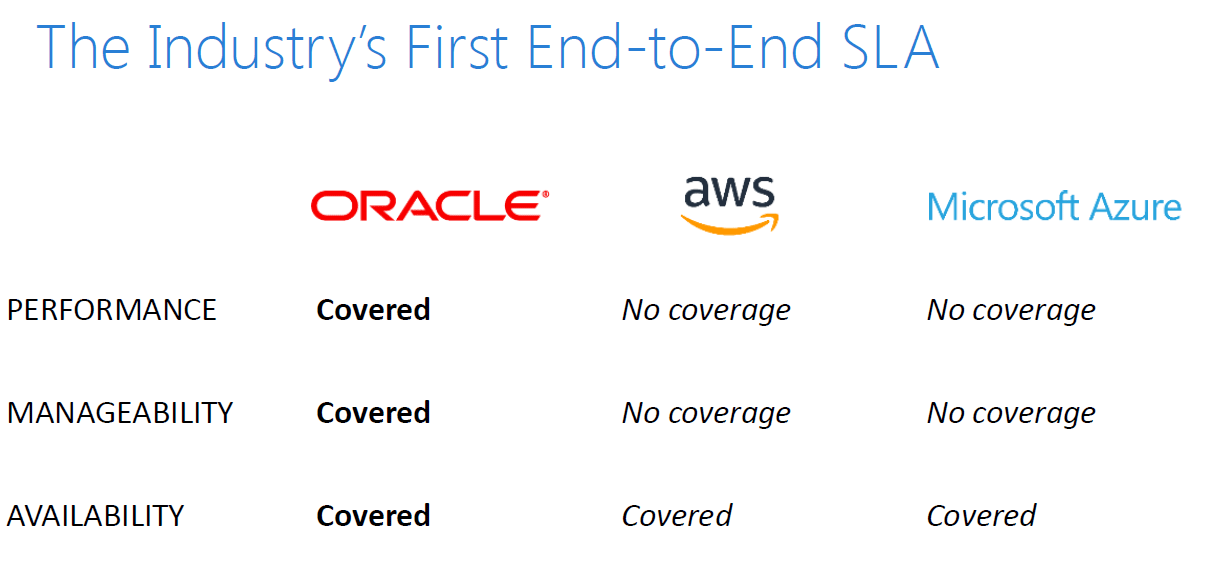
Closing Thoughts
Leaving the conference, I had a definite impression that Oracle is moving in the right direction with their offerings. Are their solutions perfect? Not yet. Do they have solid use cases at this stage? Most definitely. I can tell you this; I am excited to watch Oracle’s cloud growth.
I would like to extend out a special thanks to John Troyer, Kat Troyer, Amy White and everybody at the TechReckoning and Oracle team for putting this wonderful event together!
Related Posts